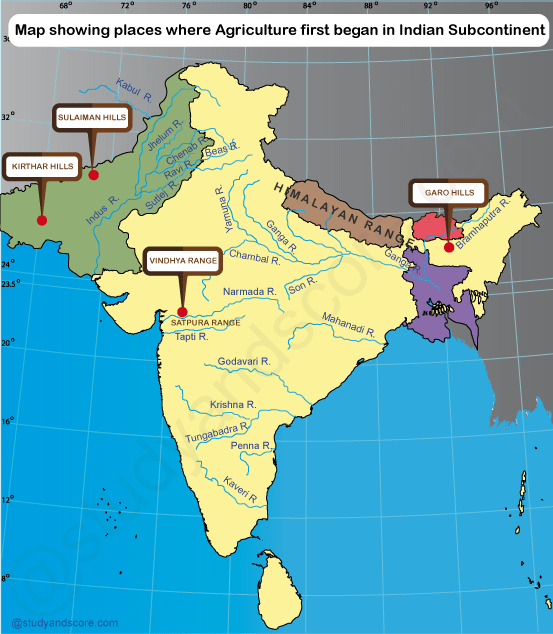

|
* The manuscripts written on palm leaf are called “Taala Patra grantha” (used since 5th century BC). * The manuscripts, when written on Birch bark are called as “Bhurja patra” (used since 4th century BC) |
Link to Solutions on this topic
- Share with your friends! -
Login to post your comment here...
- or with social Account -